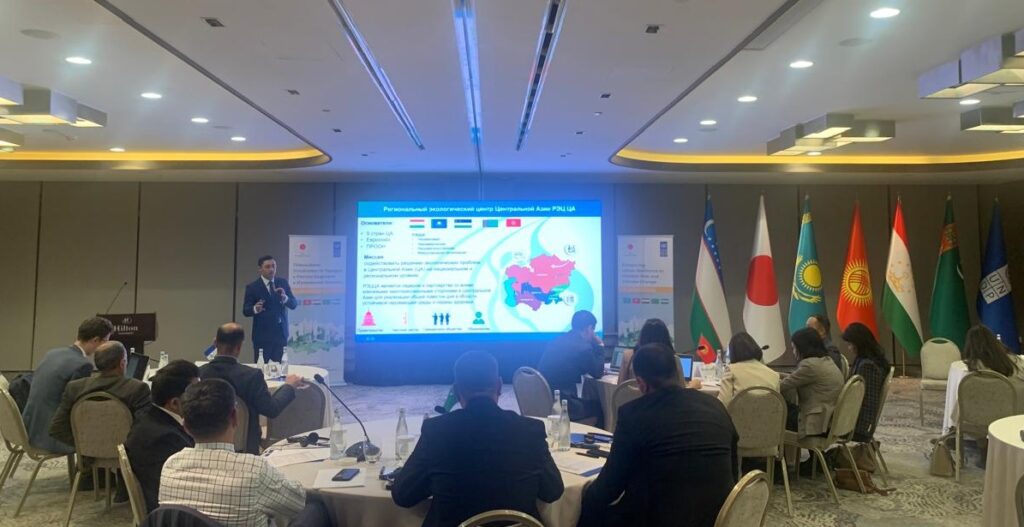What is happening with the level of the Caspian Sea?
The answer to this question is important to know, both for representatives of the tourism business, who build hotels on its shore, and for ordinary residents of the republic, who buy houses in the coastal zone. As part of the event, experts on this topic were gathered in a special working group.
We managed to talk to oceanologist, doctor of geographical sciences, chairman of the Astrakhan regional branch of the Russian Geographical Society, Pyotr Ivanovich Bukharitsin. The professor has been studying the Caspian Sea for half a century.

— Tell our readers what is happening with the Caspian Sea?
— Very dramatic events are currently taking place related to the lowering of its level. And this is not the first or second lowering. The sea has been behaving this way for many hundreds of thousands of years. Beginning in 1977, when the previous lowering of the level led to huge sections of the coast drying up, people began to move behind the retreating sea, build long-term structures, develop infrastructure, but suddenly, starting in 1978, the level began to rise sharply. In 1996, its total rise was 2.5 meters, and people were forced to retreat from the advancing Caspian Sea; many territories were flooded. However, since the end of the 20th century, the Caspian Sea has begun to lower again.
— What is the current level drop in the Caspian Sea?
— Today the level is approximately minus 29 meters according to the Baltic system. The sea has returned to the same position as it was in the last century, in 1977, and continues to fall. This is of great concern to the population of coastal areas, especially to the residents of Dagestan, since the changes associated with the lower sea level are most noticeable here.
— Tell me, is this process periodic or is it influenced by some anthropogenic (human) factors?
— No, the human influence here is minimal. These are natural processes, where the role of climate is important. People have attempted to stabilize the level of the Caspian Sea by building hydraulic structures. In particular, the Kara-Bogaz-Gol Bay on the eastern coast of the Caspian Sea was protected by a dam. It was assumed that this should have saved some of the water and stabilized the sea level. But by this time, natural processes had led to the fact that the level of the Caspian Sea had already risen by 1 meter and continued to rise. That is, the dam built to cut off the bay was built in vain. As a result, the bay was lost, very important for the national economy, where Glauber’s salt, a valuable chemical product, was mined. After some time, the dam had to be destroyed. Water from the Caspian Sea again flowed into the bay, which led to an intensification of the processes of lowering the level of the Caspian Sea. Along with climatic and natural processes, this worsened the situation, that is, accelerated the process of lowering the level. Now we have gathered here scientists and heads of various departments to decide what we should do next? How to set up the work of the national economy?
— Can we expect a rise in the Caspian Sea level in the future?
— According to our scientifically substantiated assumptions, the level will stabilize by the beginning of the 30s of the 21st century. That is, for some time, for several years, it will continue to decrease, and by the beginning of the 30s it will stabilize at about minus 31 meters according to the Baltic system. That is, it can decrease by another one and a half to two meters, and after that it will stabilize and begin its next increase.
Уровень Каспийского моря будет понижаться до начала 2030-х годов



